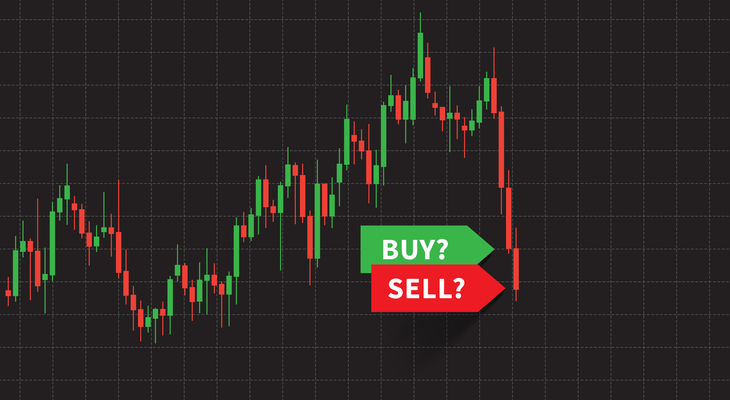You may receive a number of different snippets of advice as a new trader or investor, with one such example being a prompt to ‘buy the dip’.
While this may be good advice, it can be a little confusing or overwhelming for newbie investors, particularly as they look to create a simple trading strategy and minimise risk where possible.
But what does buying the dip mean, and how exactly does this investment methodology work from an investor perspective?
What Does it Mean to Buy the Dips?
In simple terms, buying the dip is a form of market time, which requires you to predict how the market will move in the future (ideally within a predetermined time period).
You’ll then have to make buying and selling decisions based on your projections, which should be data and analysis-driven and utilise insights garnered from your chosen trading platform online.
This contrasts sharply with buy-and-hold investment strategies, which aren’t speculative by nature and afford you a secure store of wealth which is projected to appreciate over time.
How to Buy the Dips
There’s no doubt that buying the dips can be risky, as can any form of speculative investment or trading exercise.
Certainly, if you try to buy the dip and prices continue to tumble, you may not see any viable gains on your investments for years, so you’ll need to operate in an informed and responsible manner if you’re to succeed.
Perhaps the most important thing is to understand and identify the reason for the dip before making a financial commitment, as this could either be the result of a broader move in the overall market or a factor that’s unique to the company in question.
On a similar note, we’d recommend focusing on stocks that boast positive fundamentals, good value and solid earnings before buying the dip, as this enables you to identify equities that are most likely to return to growth following periods of decline or consolidation.
What are the Risks?
As we can see, there are myriad risks associated with buying the dips, especially if you’re a novice trader who’s learning how to use trading software and indicators.
Make no mistake; it’s these analytical tools that will help you to identify trends and dips with greater clarity, while empowering you to determine the underlying viability of stocks and target assets.
Ultimately, failing to do your homework will lead to poor selections and decision making, as you may target underperforming stocks or those that lack inherent value. In this instance, you could incur sustained losses over time, without ever seeing a return in the desired time-frame.
This should be avoided at all costs, and we’d recommend learning more about the market and this strategy before you make it a part of your trading arsenal.

 Health & Fitness2 days ago
Health & Fitness2 days ago
 Comments and Issues1 week ago
Comments and Issues1 week ago
 Featured6 days ago
Featured6 days ago
 Education1 week ago
Education1 week ago
 Business1 week ago
Business1 week ago
 Aviation4 days ago
Aviation4 days ago
 Business6 days ago
Business6 days ago
 Crime1 week ago
Crime1 week ago

